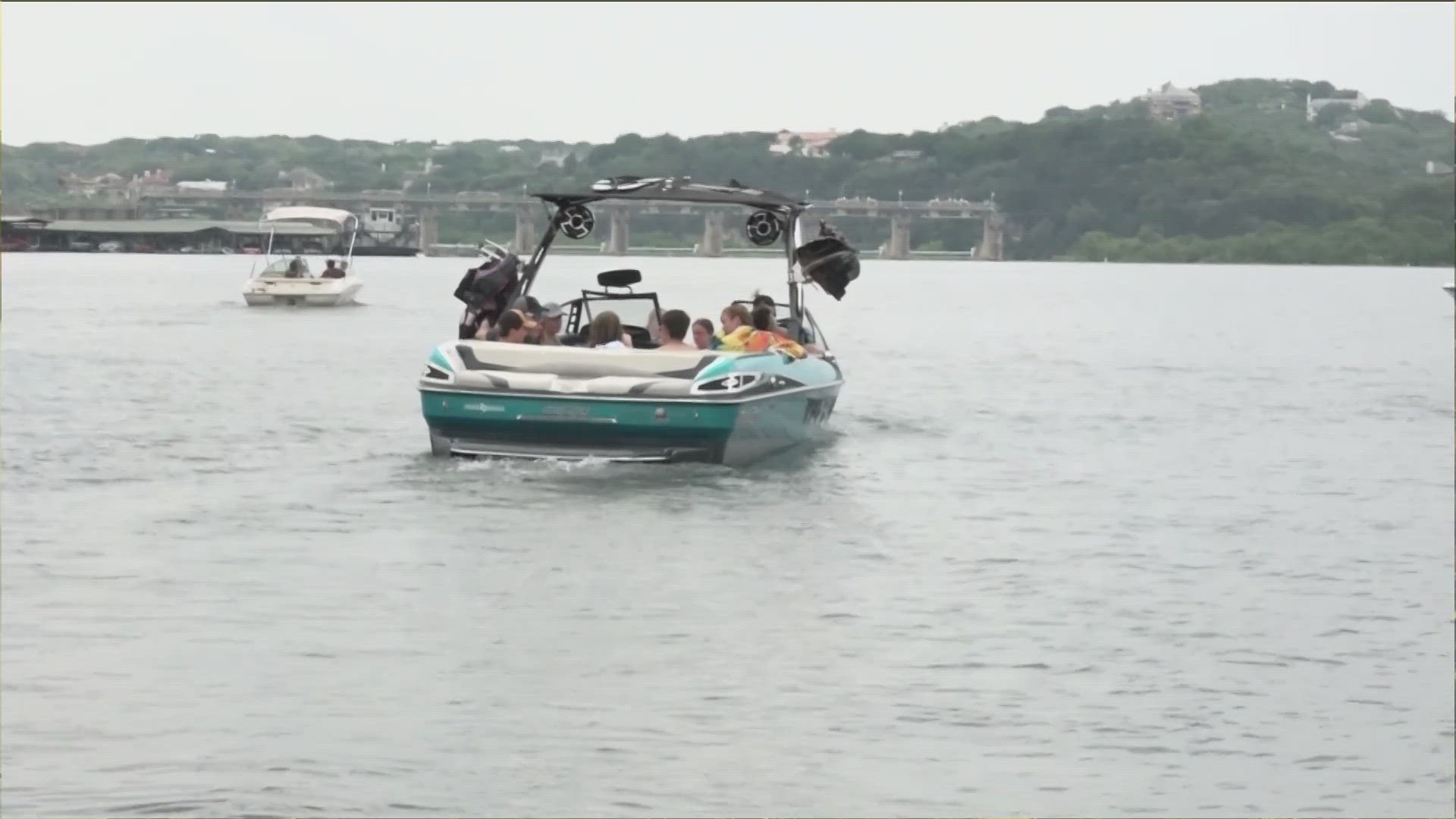AUSTIN, Texas — Summer is in full swing, and these triple-digit temperatures mean people are taking advantage of Central Texas waterways. But busy lakes mean it's also a busy time of year for emergency service providers.
Just three weeks ago Austin-Travis County EMS (ATCEMS) launched a pilot program that's helping get people the services they need quickly.
In an email, ATCEMS said response times on some of Austin's lakes were about 17.5 minutes. Through this program, response times dropped to about 3-5 minutes, the program has proven to be a great success so far. These calls were not just the ones on the water, but also incidents on the shorelines and in residences or businesses that are close to the water.
"We've had some excellent successes thus far," said Joshua Todd, an ATCEMS division chief. "Getting paramedics to a patient's side when they're in distress much quicker ... When those paramedics are already on the boat and ready to respond to your emergency, it cuts down the time required to get there significantly."
The new pilot program puts paramedics on Austin Police Department boats full-time.
Before, if paramedics were called to help, they had to drive up, find a boat ramp, launch the boat and then find the person in need. However, some challenges came with trying to find an entrance.
"Topography in Austin is very unique," Todd said. "Our lakes are dammed up rivers. And because of that, it's very challenging on our road network to access some portions of the lake. It can take a significant amount of time to drive there in a vehicle."
But with this new program, because medics are already in the water, they can reach waterfront homes much quicker.
"Whether it's you get hit by a boat propeller, you have a seizure, you have an overdose, you have a psychiatric emergency, we can get a paramedic to your side minutes quicker than we could before to begin intervening and take lifesaving measures to ensure that you have a good outcome," Todd said.
Currently, the program is underway at Lake Austin, Lady Bird Lake and Decker Lake. While they've had many responses to Lake Austin, they've only had one response to Decker Lake so far. That body of water poses a challenge, because in order to get the boat on the water, there has to be enough water around the boat ramps, and the levels out there have been too low for that recently, said a public information officer via email.
While ATCEMS is still in the data-gathering phase of the pilot program, Todd hopes to expand it to other waterways in the Travis County area soon.
"We want to make sure that we can provide that same advanced life support medicine on Lake Travis and the other area waterways," Todd said. "So, that if your family has a medical emergency anywhere in our response area, we're able to provide you that rapid medical care."
When it comes to responding quickly, something else that has helped medics is an app to help triangulate phone locations. This has been helpful to get to people quicker because when you're in the water, sometimes there are no good mile markers.

